The Tampa Bay Buccaneers will soon go to training camp with a 90-man roster that includes their leading rusher, receiver, passer (in yards), touchdown-scorer, tackler and sack artist (albeit an injured one at the moment) from the previous season. However, they do not still have their leading interceptor from 2018.
That would be Andrew Adams, who will be trying to win a spot in the Detroit Lions' secondary. Adams was plucked off the street in late September, and it's hard to say just how good of a season he had for the Buccaneers because the team's overall pass defense numbers were terrible and he was only pressed into a hybrid safety/linebacker role due to a bunch of injuries. But he did lead the team with four interceptions – nobody else had more than one – and he became just the third player in team history to have three picks in one game.
Adams also had 36 tackles and a team-high nine passes defensed in just 13 games and four starts, so at least statistically it looks like a good season, and it was enough to get him signed quickly by the Lions after he was non-tendered by the Bucs in March. So Adams wasn't around long, but it was long enough for him to make his mark in Tampa.
Here are some other players who had exactly one good season as a Buccaneer:
- Lorenzo Neal, 1998. Neal was very, very good at a position that has since been mostly phased out of the NFL. A hard-headed fullback, he played a whopping 16 seasons in the league, made four Pro Bowls and was a two-time first-team All-Pro. Most of those accolades came late in his career. Neal did make the Pro Bowl in his one year as a Buccaneer, in 1998, but he was, as always, an outstanding lead blocker, and he helped the Thunder & Lightning duo of Mike Alstott and Warrick Dunn put together perhaps the best rushing attack in franchise history (134.3 yards per game, fourth in the league.
- Thomas Jones, 2003. Jones only played one of his 12 seasons in Tampa but he probably looks back at it fondly because it's the place a once-floundering career took off. Following the 2002 season, the Buccaneers traded third-round bust Marquise Walker to Arizona for Jones, a running back who had yet to deliver on his status as the seventh-overall pick in 2000. Jones was lightly used for the first half of the season in Tampa but he got a chance to be the primary ballcarrier late in the season and went off, with a pair of 134-yard games and 364 yards in the last month. That earned him a big contract in Chicago the next year and he would go on to rip off five straight 1,000-yard seasons with the Bears and Jets.
- David Greenwood, 1985. This is a strange case on paper. The Buccaneers sent a third-round pick to the Saints for Greenwood just before the start of the season, even though he had yet to play in the NFL. Greenwood had, however, played in the USFL, and got very little break between the end of the 1985 season and the start of the Saints' training camp. Still, Greenwood made the trade worthwhile, starting nine games and recording five interceptions, two forced fumbles and three sacks. That stat line would seem like a good reason to bring him back for another year, but perhaps fatigued by so much football without a break he was cut in camp the next year. Greenwood would play only 11 more NFL games after that.
- Darrelle Revis, 2013. Revis is probably going to end up in the Hall of Fame, and most of his 11-year career was spent with the Jets. But in the spring of 2013, the Buccaneers pulled off a massive trade, sending their first-round pick to New York for the (then) four-time Pro Bowler and three-time All-Pro. Revis' one year in Tampa wasn't the best of his career, but he did make the Pro Bowl again and record three interceptions and 11 passes defensed. The Bucs had new management the following offseason and decided that it would be better to split the large amount of cap space being devoted to Revis among a number of different positions.
All these guys got just one year as a Buccaneer and did well with it. Now you get just one shot at a question in the mailbag; see if you can do the same.
A reminder that you can send questions to me anytime you want on Twitter (@ScottSBucs) and they're easier to find if you include the hashtag #SSMailbagBucs. We are also now soliciting questions each week on our Instagram page; look for that story on Wednesdays. As always, if you want to get a longer question into the mailbag and would prefer to email your question, you can do so to tbbsocial@buccaneers.nfl.com.
Interceptions are my favorite play and we don't seem to get them anymore. Will we have more this season?
- Alexeasy13 via Instagram
It was this question that actually prompted me to write the intro above, because it led me to review the Bucs' stats table from last year and be reminded that Adams was our only multi-interception guy, which seemed crazy in retrospect. And yes, Alex – may I call you Alex? – I think it's a good bet that the Bucs' defense will get more picks this year than last season simply because the bar was set so low. Those nine picks tied for the fewest the Buccaneers have ever recorded in a season. There were only nine games in the strike-shortened 1982 campaign and Tampa Bay still picked off 11 passes!
Now, it's fair to note first that interceptions have been on the decline around the NFL in recent years, presumably due to increasingly more accurate passers and schemes that help foster a greater completion percentage. In 2000, the NFL produced 531 interceptions; last year, it was more than a hundred fewer, at 419. This hasn't been a particularly gradual decrease but rather a recent shift. In all but two of the seasons from 2000 through 2014 the league produced 500-plus interceptions, and it was at 502 as recently as 2014. But here are the totals for the last five years: 450, 436, 415, 430 and 319.
So I guess we shouldn't expect the Bucs' defense to get back to its halcyon days of the late '90s and early '00s when they would always get between 20 and 30 picks. Heck, as recently as 2013 the Buccaneers produced 21 interceptions, and that wasn't even a particularly good defense (17th overall, 17th against the pass). But I'm with you, Alex, I love interceptions above almost anything else – when the Bucs are grabbing them, not throwing them, naturally – and even a return to the 15-20 range would be nice.
Well, if you believe in the influence of new Head Coach Bruce Arians, you have reason to be optimistic. In his five seasons at the helm of the Cardinals, his teams ranked in the top 12 in that category every year, and in the top 10 three times. Each of those squads produced between 14 and 20 picks, and overall the Cardinals ranked third in the NFL with 86 interceptions in that span, just three behind the co-leaders, Buffalo and Cincinnati. Arians has insisted that the Todd Bowles-led defense will be an aggressive one in Tampa, and that approach alone will probably lead to a hike in picks.
Of course, we have to acknowledge that those Cardinals teams happened to have Patrick Peterson, though you might be surprised to learn that Peterson has only had more than three interceptions in one of his eight years so far. He averaged a little over two picks per year during Arians' tenure. The pick parade was pretty much a team effort those entire five years; only two Cardinals players ever had more than four picks in a season in that span, and none had more than five.
Like I said, the bar has been set pretty low, so I'm not going to pat myself on the back if this prediction comes true and the Bucs have more than nine interceptions in 2019. But to be more specific, I think you're going to see multiple playmakers emerge. There are a lot of very young DBs vying for playing time in the Bucs' secondary this year, and they are certainly unproven, but they looked very promising during the offseason program. I could see three or four guys getting multiple interceptions this year, as opposed to the single and now-departed player to do so last year.
Hypothetical question. If Lebron and Zion were in the NFL draft who would you take and what position?
- Fkabraden via Instagram
The first part of that question is easy. I would take Zion Williamson over LeBron James because Williamson is 19 years old while James is 34 and has, incredibly, played 1,437 NBA games, including the playoffs. That's a lot of wear and tear. Now, don't get me wrong, James might be the most incredible athlete of my lifetime, and that's coming from a huge Michael Jordan fan who was going to school in Chicago when the Bulls rose to prominence.
Williamson has yet to prove he's in the same area code as James as an NBA player, of course, but I think we can all agree that he is a freakish athlete, too. I can't get that clip out of my mind from last season at Duke when he essentially took off from the paint and blocked that Virginia player's three-point try.
Generally, I'm a skeptic when it comes to discussing whether stars in one professional sport could make it in another sport. It's such a small percentage of the population that has the specific talents (and drive) to be among the very best at any sport; it seems unlikely to me that many people could have the skills for more than one of them.
However, I think I could be swayed on Williamson (or a younger James) because of his combination of size and crazy athletic abilities. Usually when basketball stars are projected as NFL players they are expected to be tight ends, because we've seen that exact thing happen before. Tony Gonzalez played both basketball and football at UCLA before an NFL career that led to the Hall of Fame. Antonio Gates was a power forward who bounced around a little before ending up at Kent State; he never played college football, though he wanted to.
Williamson is bigger than both of those guys, though. Gonzalez and Gates were in the 6-5, 250-pound range, while Williamson is 6-7 and 285 pounds. I'm sure he has the agility to play the tight end position, but might he be just a little too big? Rob Gronkowski was considered a huge player for the position, and he's 6-6 and 265 pounds.
Seriously, Williamson wouldn't need to add much weight to be a viable offensive lineman in the NFL. The Buccaneers have a converted basketball player manning right tackle for them in Demar Dotson, so that kind of conversion is obviously possible. But I have to be honest: I would feel like I was wasting Williamson's incredible athleticism along the offensive line, and so I'm finally going to answer the second part of your question.
Before drafting Williamson, I would want to see a workout in which he showed what he could do at the defensive end/edge rusher position. He has the size for it, and NFL scouts and coaches would probably grow hoarse raving about his "wingspan" and "length." Williamson would obviously be raw and would have to work on the specifics of the footwork and hand placement required for the position, but did I mention that he's only 19? I mean, you would take Williamson as a freshman on your college team and see what you could make him into, right?
To me, Williamson is big and powerful enough to not get bullied by offensive tackles. And he's obviously got speed and quick-twitch reactions. Think back to that block against Virginia I mentioned. Now picture him getting around the tackle on the edge and realizing how quickly he could close on the quarterback. That's terrifying. He'd probably knock down a whole lot of passes, as well.
Unfortunately, Williamson is probably the heir to LeBron in the NBA, so I don't think we're going to see him in a Buccaneers uniform anytime soon.
View the top photos of Bucs quarterbacks during the 2019 offseason.
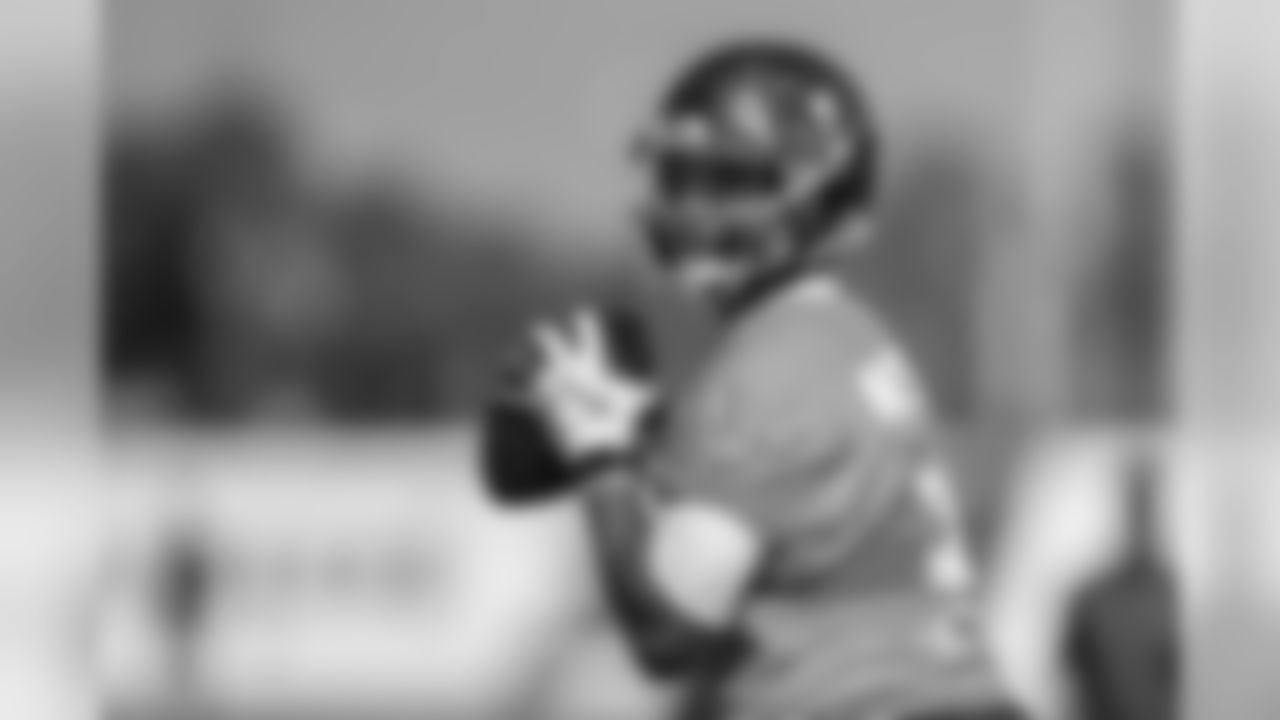










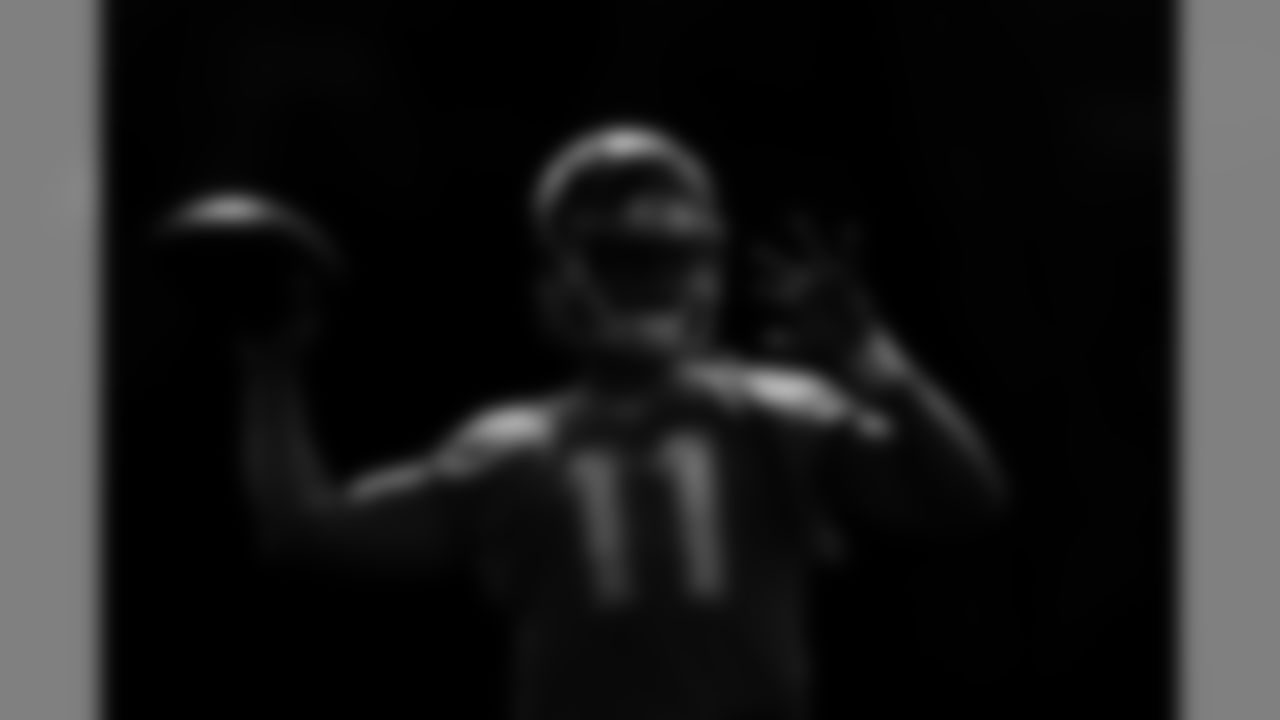



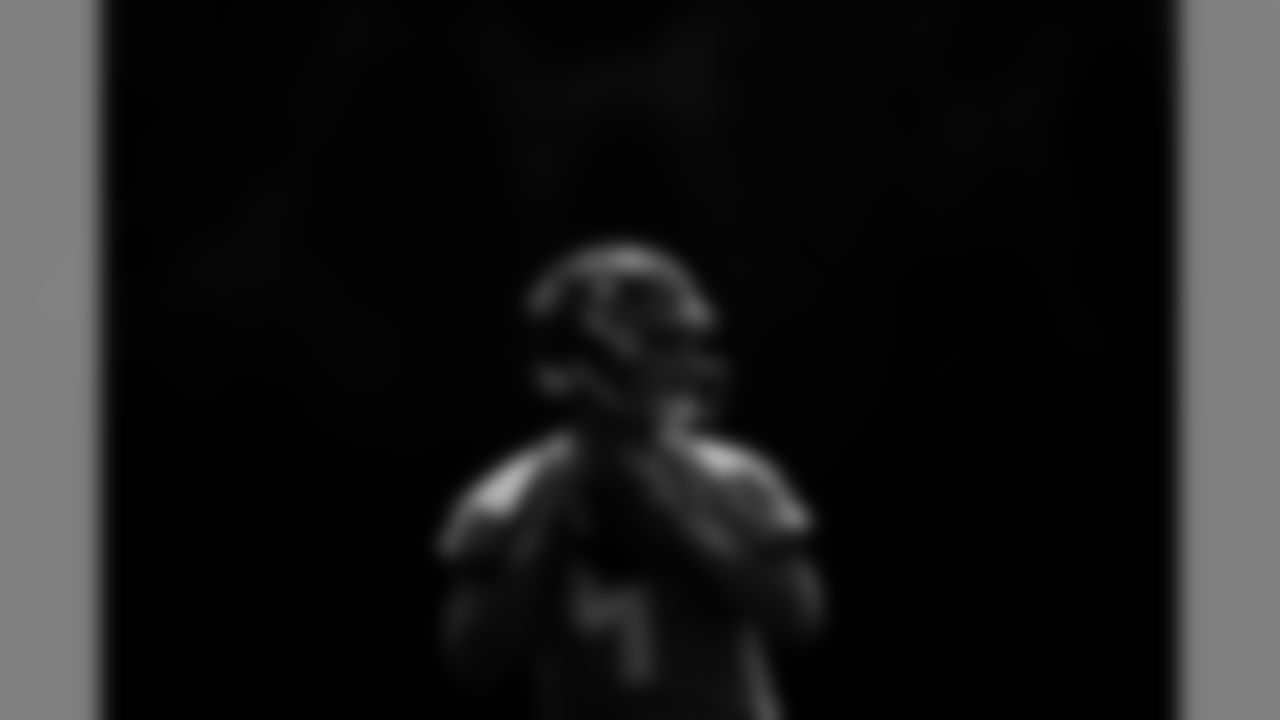





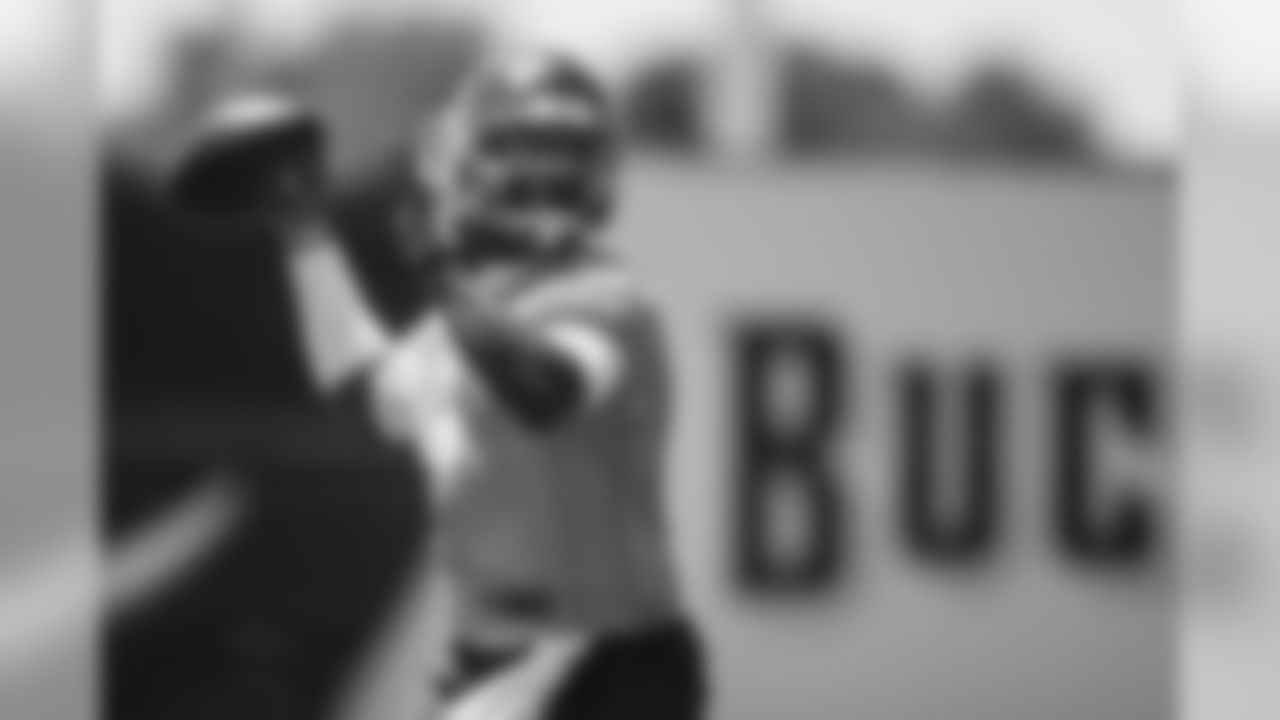

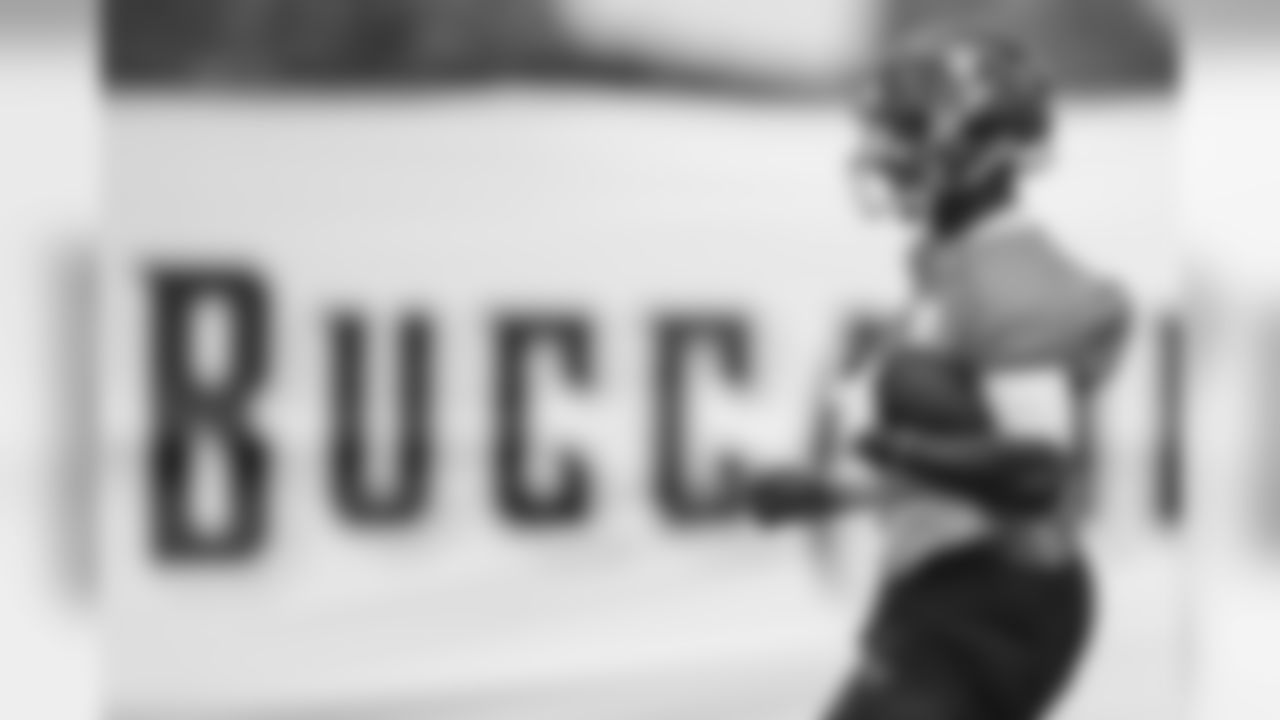


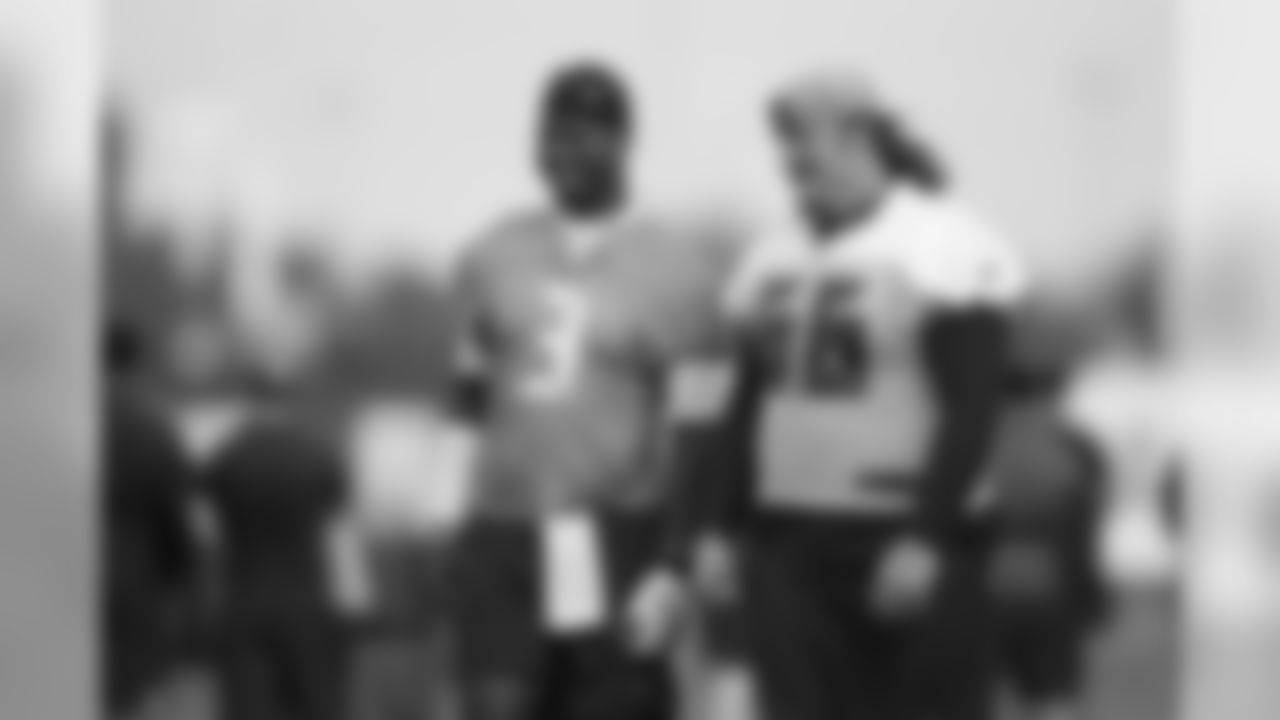




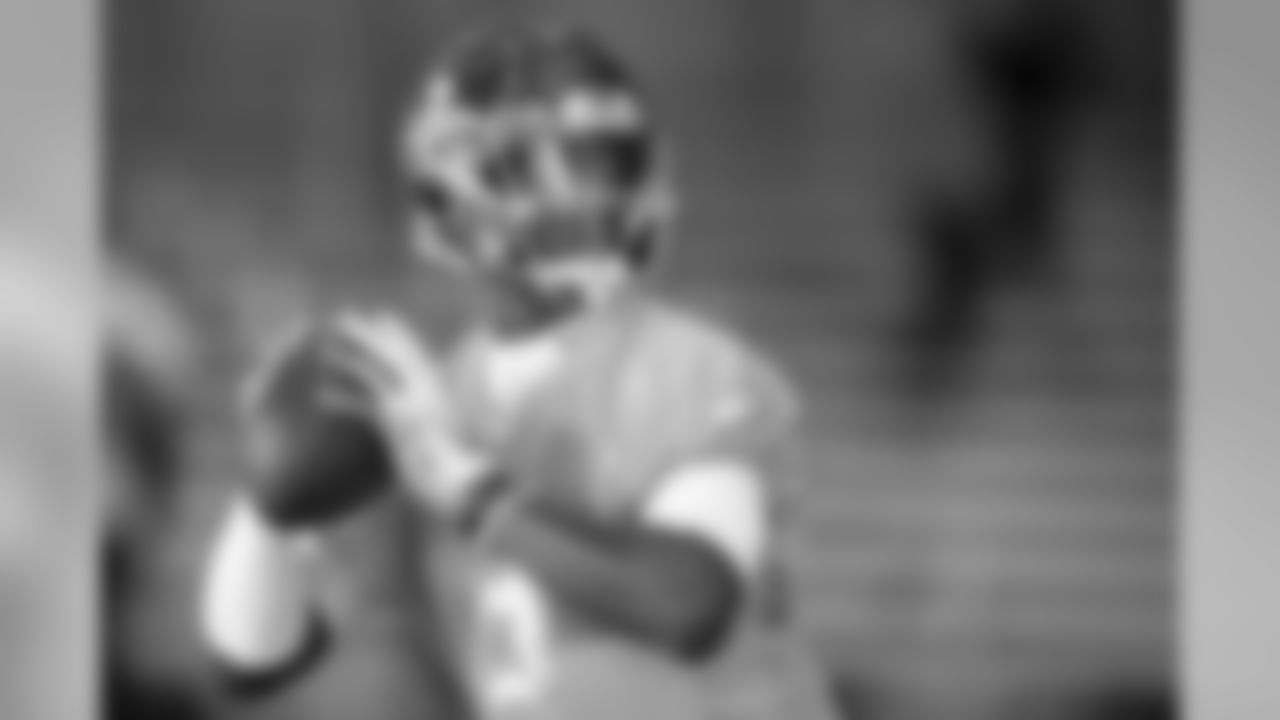











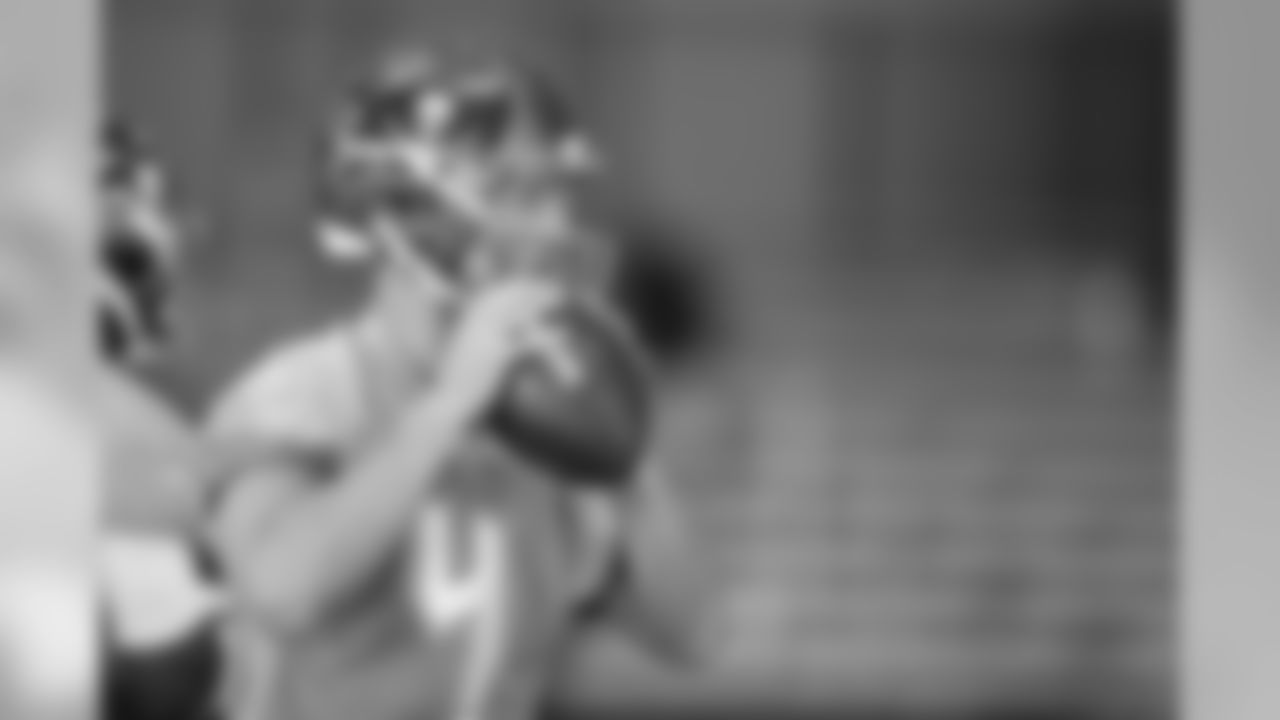
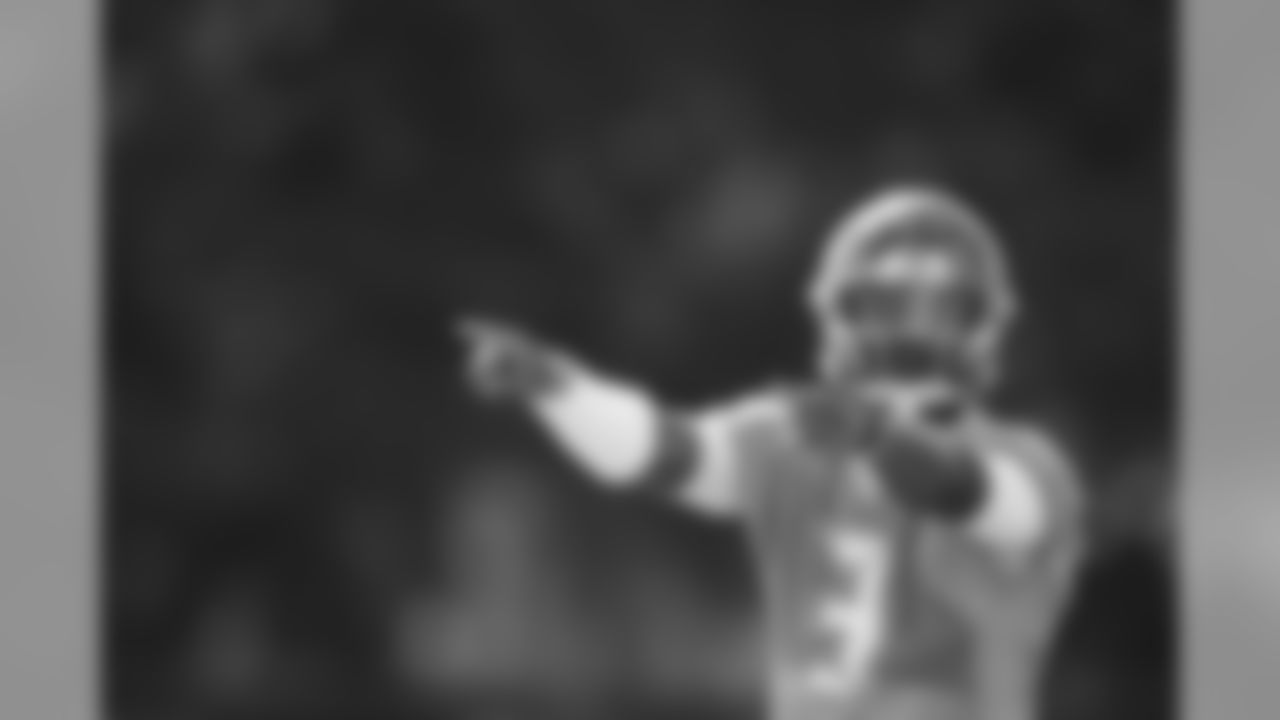
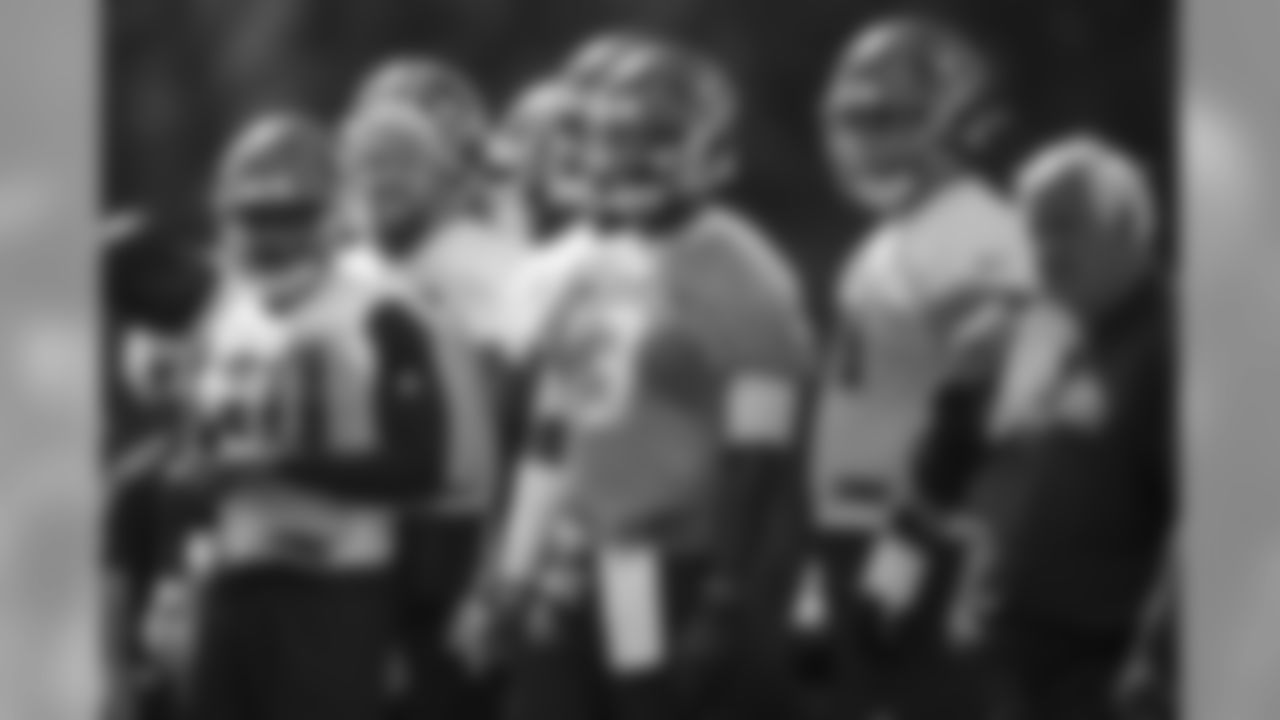
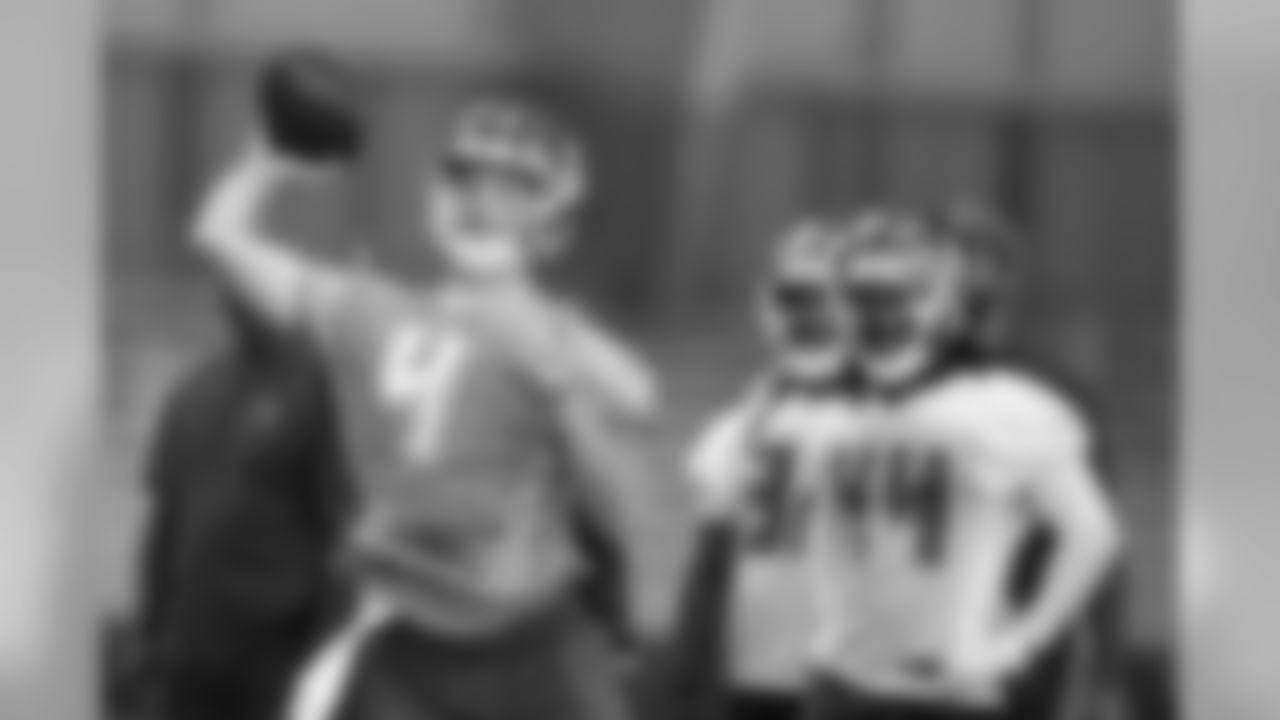

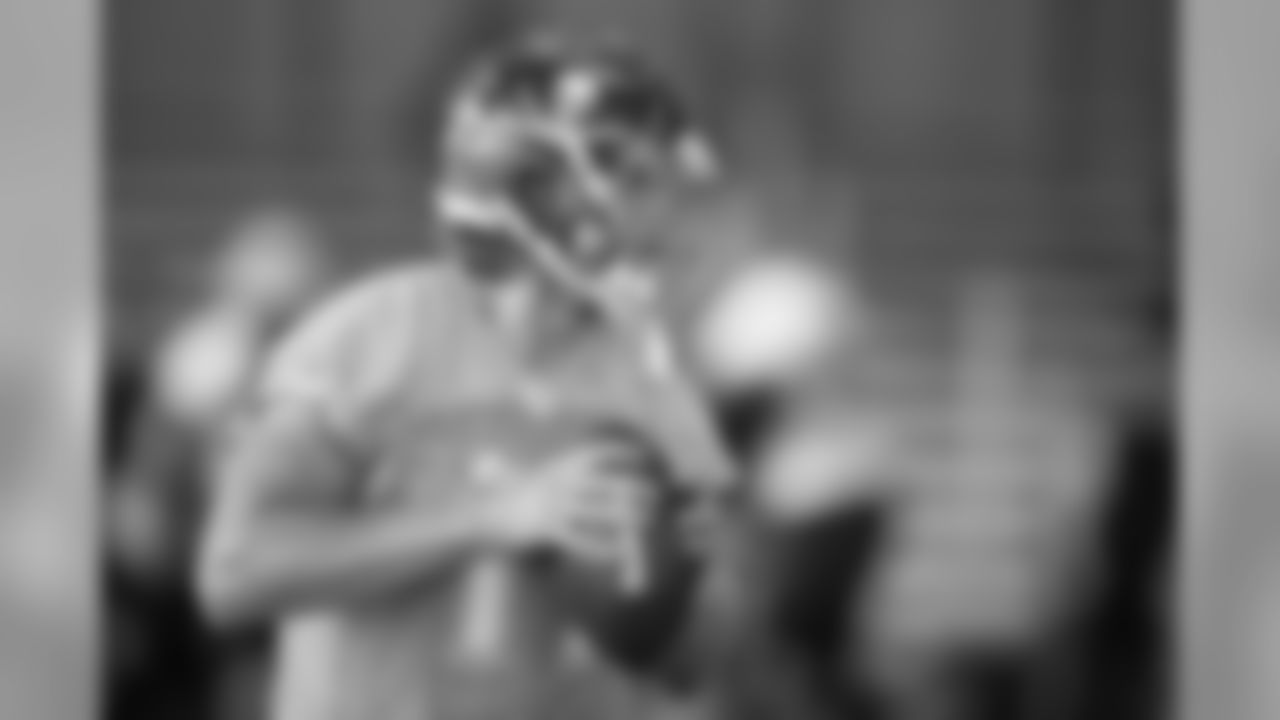

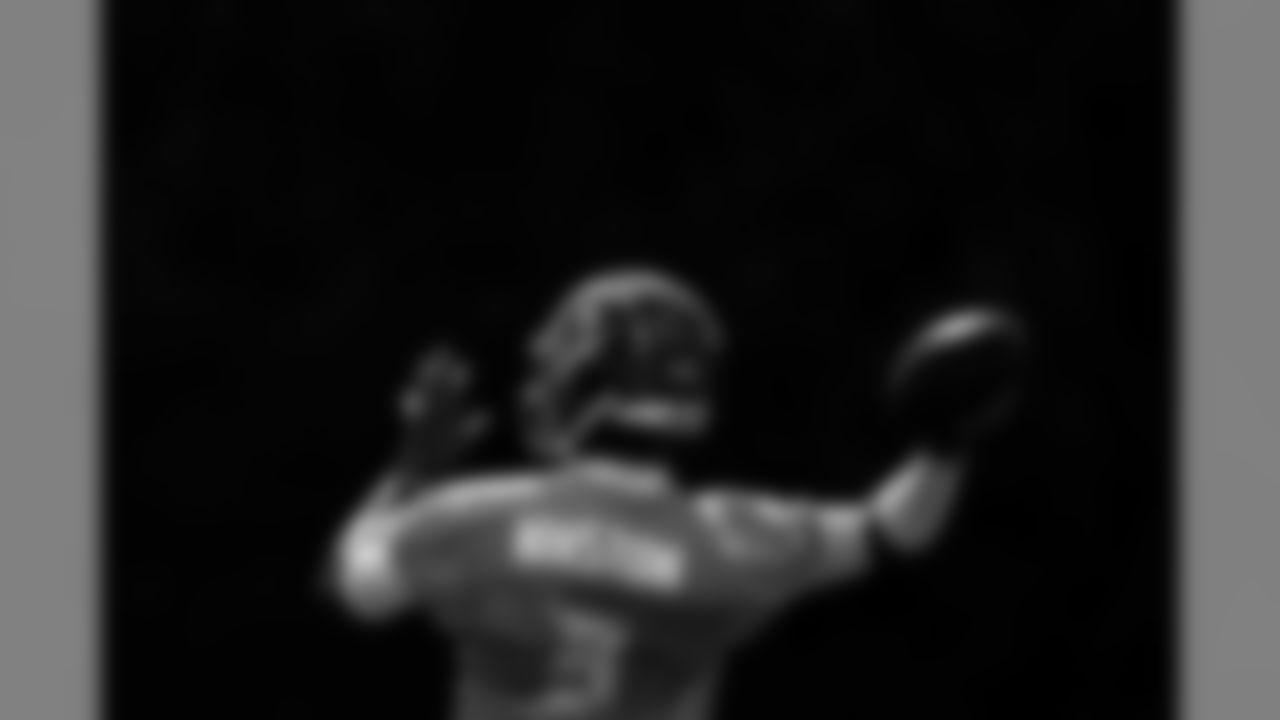
Assuming we re-sign Winston, how will we have any cap room left next year?
Blulinr11, via Instagram
Before I start on this one, I need to point out that the Buccaneers, like most teams, generally don't say a lot about salaries or salary cap information. However, that information is available externally, such as on Spotrac.com. I'm going to use the numbers there, so please understand that this is not official information from the team.
Yes, the Bucs came up tight against the cap this season, the product of recent second contracts for draft picks that panned out, from Mike Evans to Ali Marpet to Donovan Smith, plus some forays into unrestricted free agency. The top 51 salaries on your team count against the cap, and according to Spotrac the Buccaneers currently have around $8.3 million of space under the cap. That's not a lot, especially since Devin White's contract will eventually take a bit out of it.
But that's this year. The Bucs have in no way put themselves into some kind of long-term salary-cap hell. According to Spotrac again, Tampa Bay is currently slated to go into the 2020 league year with just over $46 million in cap space. Amazingly, they only currently have about $3,000 worth of dead cap space to deal with. That's three thousand, not million.
How is this possible? Well, there are some players on the roster who are in the final year of their contracts, such as Beau Allen, Demar Dotson, Carl Nassib and Evan Smith. Please understand: I'm not saying the Buccaneers shouldn't try to bring any or all of those players back. I'm just saying that as of now, they are not counting against the 2020 cap the way they are in 2019.
In addition, the players the Bucs added in free agency this year were pretty much all on one-year deals. That's true not only of Ndamukong Suh but also Shaq Barrett, Kentrell Brice, Deone Bucannon, Blaine Gabbert, Breshad Perriman and Earl Watford. Not all of those guys have huge contracts, relatively speaking, but they add up. And, again, the Bucs may try to bring many of those players back in 2020, but they don't have to. What I'm saying is that the team should have plenty of flexibility next year.
Also, keep in mind that Winston is already counting close to $21 million against the cap this year (according to Spotrac), because his fifth-year option, which the Bucs picked up, included a hefty raise. Spotrac lists Winston's market value at $22.7 million, but good quarterbacks can generally get more than their estimated value. Five quarterbacks now have contracts averaging more than $30 million a year and another five are over $25 million. Jimmy Garoppolo got a huge deal from the 49ers despite having only a handful of NFL starts under his belt.
So let's make the assumption that Bruce Arians' confidence in Winston is justified and the young passer takes a step forward in his career this fall. And for the sake of answering your question, let's assume that both the Buccaneers and Winston are eager to get another deal done in Tampa, and are able to do so. None of the above is far-fetched, and I'm hoping it all happens.
Just to use a round number, because I personally don't know what it will take to re-sign Winston in the above scenario, let's go with a cap hit of $30 million in 2020. That would only be about $9 million more than he already counts. The decision to sign a quarterback to a hefty, long-term deal is not an easy one, and it raises the level of difficulty on constructing the rest of the roster around him. But if the Buccaneers want to do just that next year, they shouldn't be constrained by the salary cap.





































